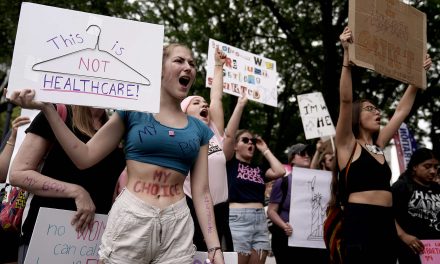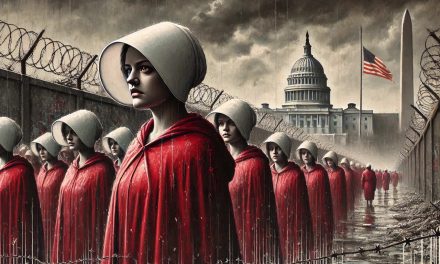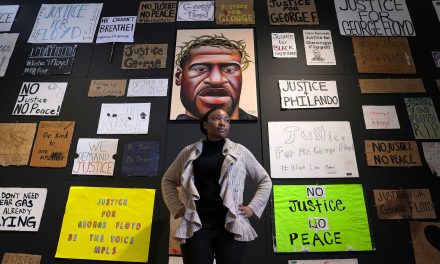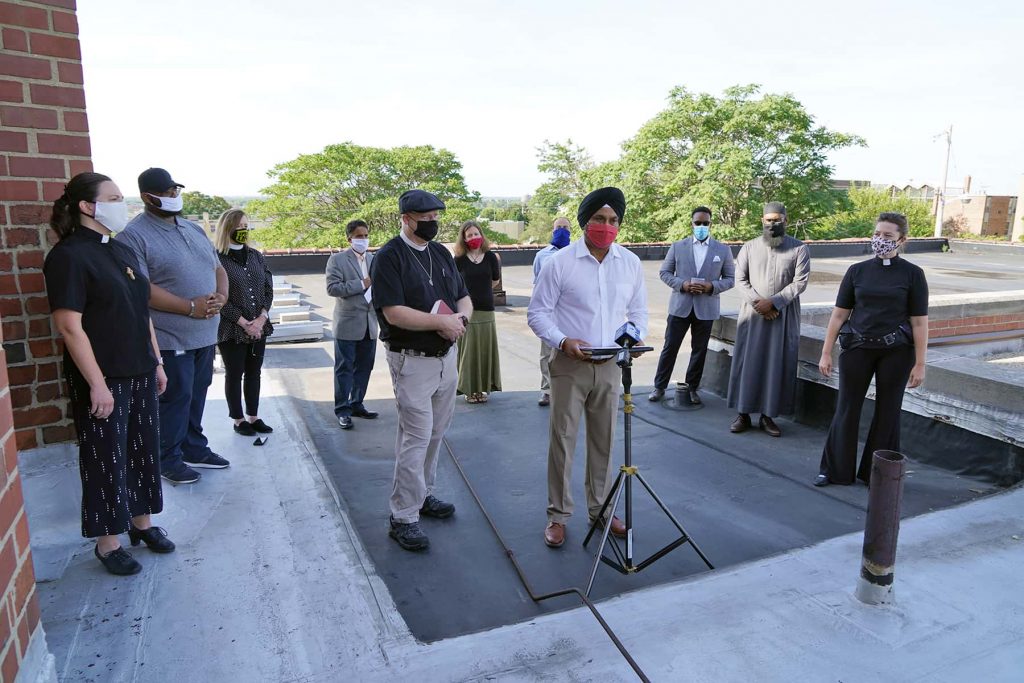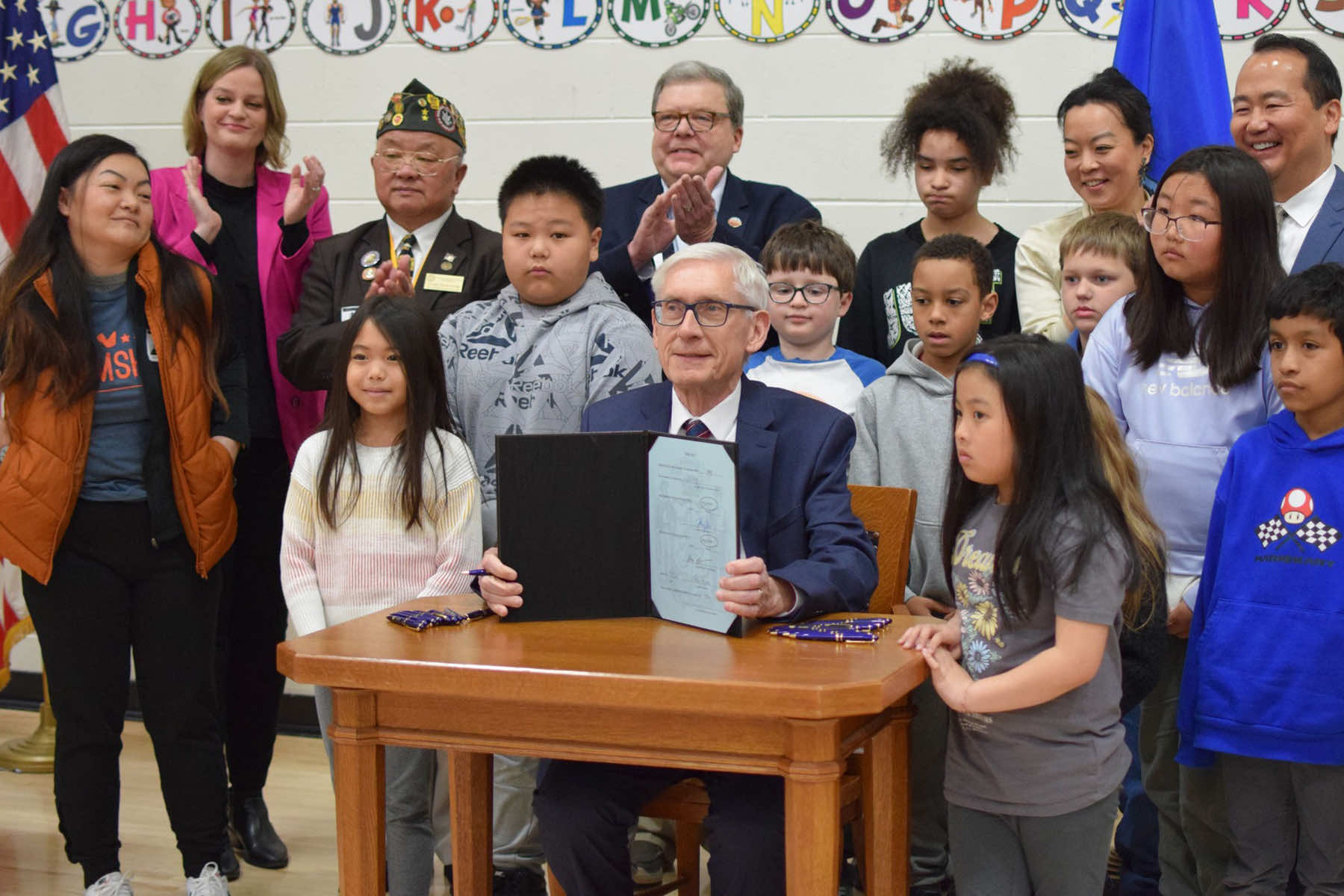
Governor Tony Evers on April 4 signed into law a bipartisan bill that amended Act 31 and now requires Wisconsin schools to teach Asian American and Hmong American histories.
The Governor signed Wisconsin Act 266 at an elementary school in Wausau, which is home to about 4,700 Hmong. That is 12% of the city’s residents, making Wausau the highest per-capita Hmong population in the state and country, according to the Hmong American Center.
“The Hmong and Asian American communities are a critical part of our state’s history, culture, economy, and our future,” Governor Evers said in a statement. “It’s important that we celebrate our shared histories and honor the people who help make Wisconsin the state it is today.”
The bill’s passing resonated deeply with Wisconsin’s AAPI community, after the country saw the rise of anti-Asian hate during the COVID pandemic. It also signified the community’s hope for increased understanding and safety.
“My greatest hope is that all our Asian American students feel powerful in being themselves because they know their stories are part of the classroom,” said State Representative Francesca Hong.
On May 14, 2021, Governor Evers signed Wisconsin Act 31, designating May 14 as Hmong-Lao Veterans Day in Wisconsin, and each year since, the governor has used the opportunity to honor Hmong-Lao veterans in Wisconsin for their service and sacrifice, recognize their accomplishments, and encourage schools to include their military service in discussions and curriculums surrounding the Vietnam War.
During the Vietnam War, the Hmong people were enlisted by the CIA to participate in a covert operation known as the “secret war,” where they played crucial roles in gathering intelligence on enemy movements, protecting U.S. radar installations, and saving American pilots who had been shot down.
Persecuted as an ethnic minority in their ancestral lands in China, the Hmong fled first to the mountains of Cambodia, Laos and Vietnam. There, tens of thousands fought for the United States in the Vietnam War.
When Communist regimes swept the region, they escaped to refugee camps in neighboring Thailand and, starting in the mid-1970s, resettled largely in California farm country, Minneapolis, and central Wisconsin – including Appleton, Eau Claire, Fond du Lac, Green Bay, La Crosse, Madison, Manitowoc, Menomonie, Milwaukee, Oshkosh, Sheboygan, Stevens Point, Wausau, and Wisconsin Rapids.
Wisconsin’s Hmong population of 50,000 places it third highest behind California at 80,000 and Minnesota at 70,000, according to the Hmong American Center. The U.S. Census Bureau’s 2019 American Community Survey estimated Wisconsin’s total Asian American population at nearly 200,000.
Current Wisconsin law requires K-12 schools to teach Black, Hispanic and Native American histories. The new law adds Hmong and Asian American histories to this required curriculum. The goal is to promote greater awareness and understanding of Hmong and Asian American histories, cultures and traditions.
The measure had broad support in the Legislature, including from the state education department, the state teachers’ union and the Wisconsin Council of Churches. There were no registered opponents.

